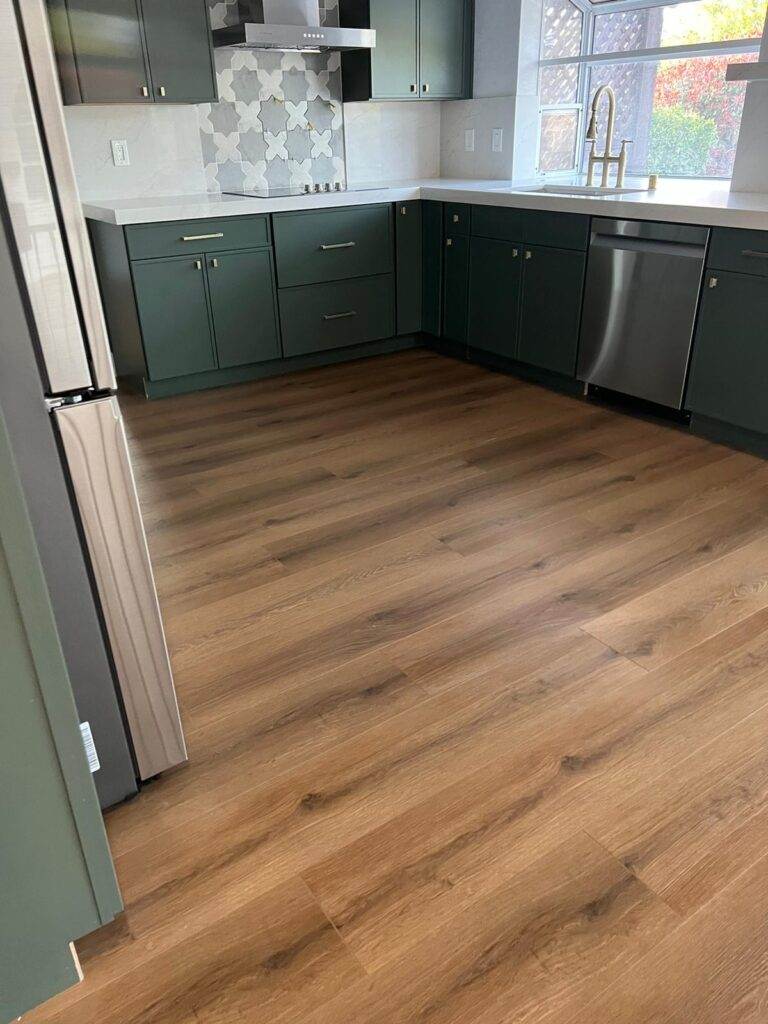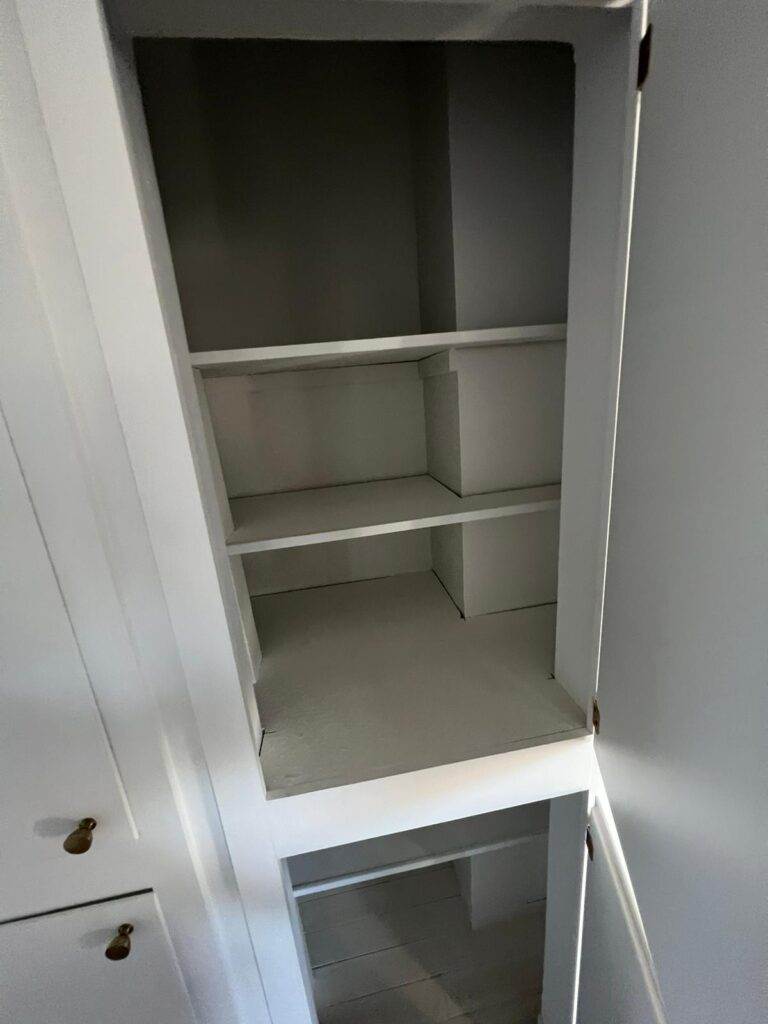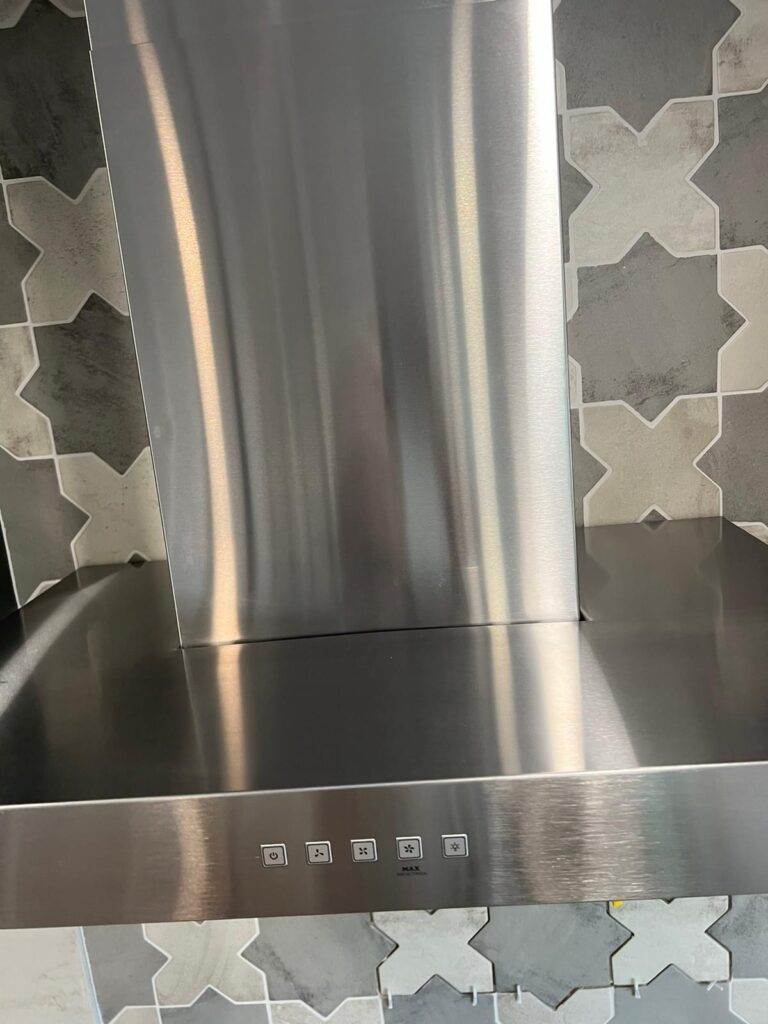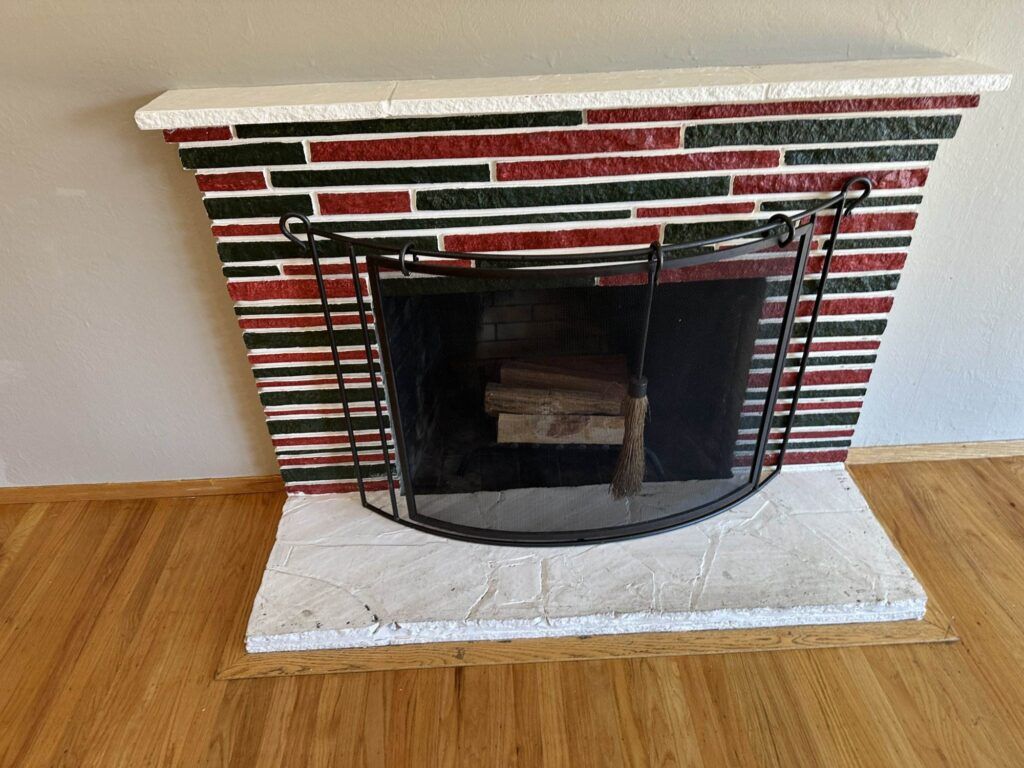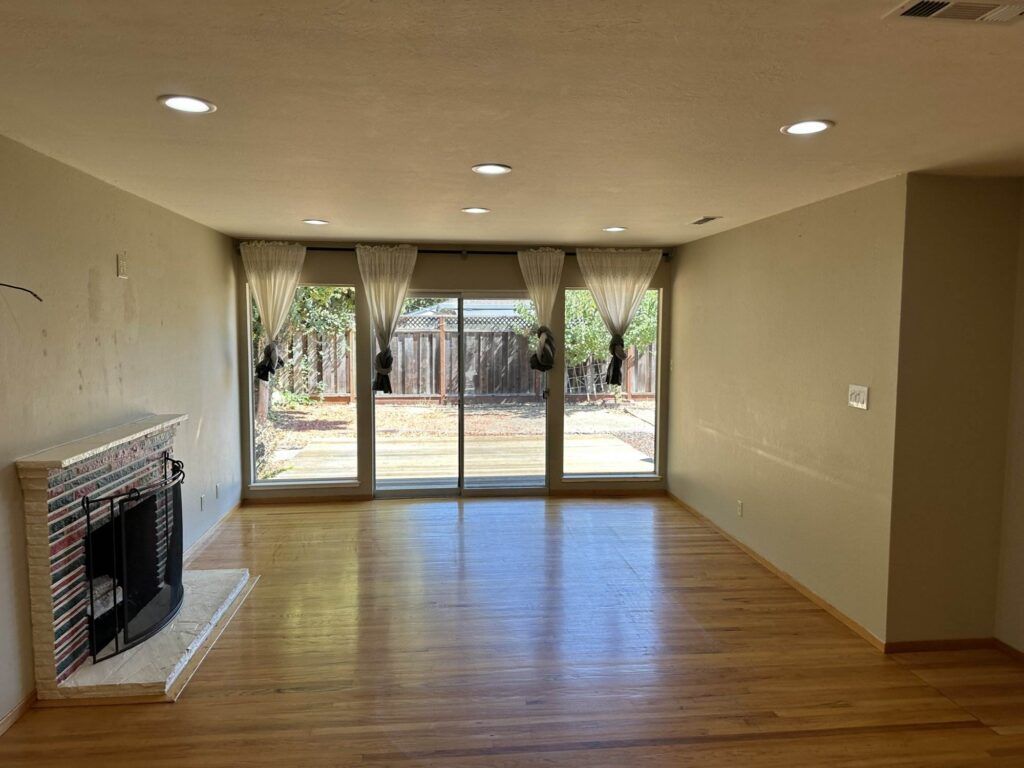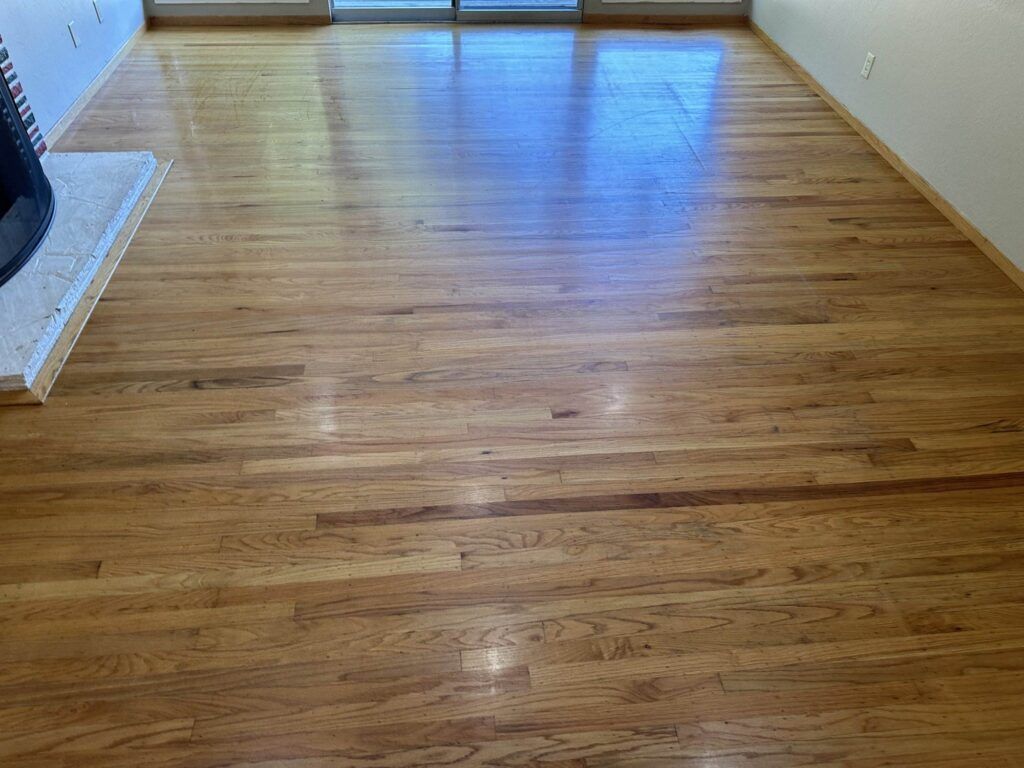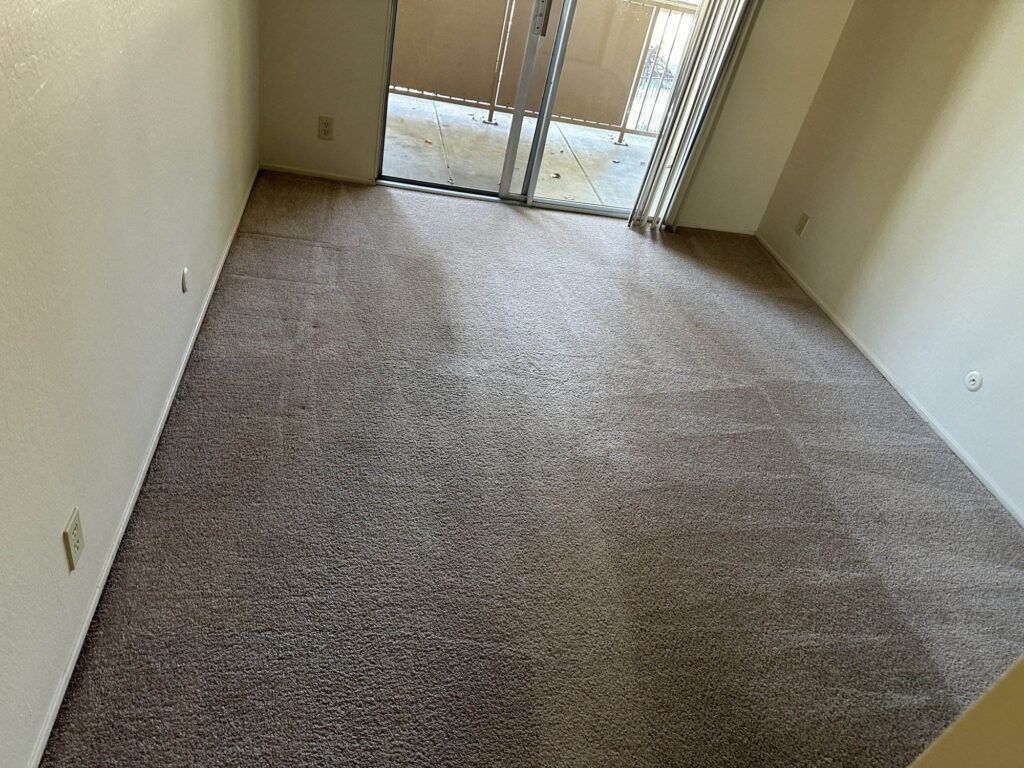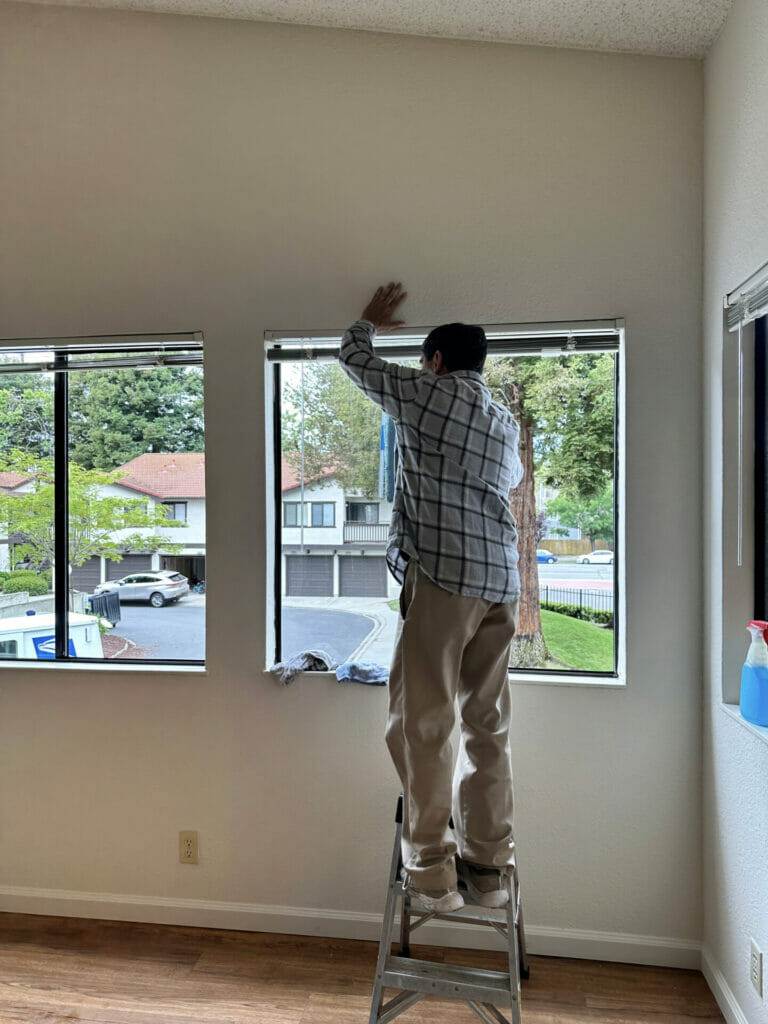Key Takeaways
- Seasonal allergies in Campbell are caused by common triggers such as pollen, mold, and dust mites.
- Allergens can significantly impact indoor air quality, leading to respiratory issues and discomfort for allergy sufferers.
- Identifying and targeting common allergy triggers in your home, such as dust, dander, and mold, is crucial for effective allergy management.
- Developing a comprehensive cleaning routine that includes regular dusting, vacuuming, and mold prevention can help reduce allergens in the home.
- Proper ventilation and air filtration are important for maintaining clean indoor air and reducing allergy symptoms.
Understanding Seasonal Allergies in Campbell
The city of Campbell, nestled in the heart of Silicon Valley, is no stranger to the challenges posed by seasonal allergies. As the weather transitions through the year, residents often find themselves grappling with a range of allergy-related symptoms, from sneezing and itchy eyes to persistent nasal congestion. Understanding the prevalence and nature of these seasonal allergies is the first step in effectively managing them.
Campbell’s location, with its Mediterranean climate and diverse vegetation, contributes to the prevalence of seasonal allergies among its residents. The area experiences distinct seasonal changes, each bringing with it a unique set of allergens that can trigger disruptive reactions. During the spring, the blooming of trees and plants can release copious amounts of pollen, while the summer months may see an increase in grass and weed pollen. As the seasons shift, mold spores can thrive in damp environments, adding to the allergy burden. These seasonal fluctuations in allergen levels can significantly impact the quality of life for those affected, making it crucial to address the issue proactively.
The impact of these seasonal changes on allergy symptoms can be profound. Individuals may experience a range of debilitating reactions, including sneezing, nasal congestion, itchy and watery eyes, and even respiratory distress. These symptoms can interfere with daily activities, disrupt sleep patterns, and impair overall well-being. Understanding the specific triggers and their timing is essential for developing effective strategies to manage seasonal allergies in Campbell.

The Impact of Allergens on Indoor Air Quality
While outdoor allergens can be a significant source of discomfort, the indoor environment can also harbor a range of allergens that contribute to poor air quality and respiratory health concerns. Dust mites, pet dander, and mold spores can all accumulate within the home, creating a breeding ground for allergy-inducing particles.
The connection between indoor air quality and respiratory health is well-established. Exposure to these indoor allergens can exacerbate existing allergy symptoms, leading to increased inflammation, difficulty breathing, and even the development of chronic respiratory conditions. Over time, prolonged exposure to poor indoor air quality can have long-term effects, potentially worsening asthma, triggering allergic reactions, and compromising overall respiratory function.
Addressing the presence of indoor allergens is crucial for maintaining a healthy living environment and providing relief to those suffering from seasonal allergies. By identifying and addressing the sources of these allergens, individuals can take proactive steps to improve the air quality within their homes and mitigate the negative impacts on their health.
Identifying Common Allergy Triggers in Your Home
Navigating the complex landscape of indoor allergens can be a daunting task, but understanding the common culprits is the first step towards effective management. Dust mites, pet dander, and mold are among the most prevalent indoor allergens that can contribute to seasonal allergy woes in Campbell.
Dust mites, microscopic creatures that thrive in household items such as bedding, upholstery, and carpets, can be a significant source of allergens. These tiny pests shed their skin and produce waste that can trigger allergic reactions in susceptible individuals. Identifying and addressing the presence of dust mites is crucial for maintaining a clean and allergen-free living environment.
Pet dander, the tiny flakes of skin and hair shed by furry companions, can also be a major contributor to indoor allergen levels. Even in homes without pets, dander can be transported on clothing, furniture, and other surfaces, leading to widespread distribution throughout the living space. Addressing pet dander requires a comprehensive cleaning approach, including regular grooming and thorough cleaning of pet-occupied areas.
Mold growth, often exacerbated by damp or poorly ventilated areas, can also be a significant allergy trigger. Mold spores can become airborne and infiltrate the indoor environment, leading to respiratory distress and other allergy-related symptoms. Identifying and addressing the root causes of mold, such as excess moisture, is crucial for maintaining a healthy and allergen-free home.
In addition to these indoor allergens, pollen infiltration through windows, doors, and other entry points can also contribute to seasonal allergy woes. Ensuring that these vulnerable areas are properly sealed and protected can help minimize the influx of outdoor allergens and provide relief for those affected.
Developing a Comprehensive Cleaning Routine
Establishing a regular and thorough cleaning routine is a crucial step in managing seasonal allergies in Campbell. By addressing the sources of indoor allergens, individuals can create a healthier living environment and find relief from the disruptive symptoms that often accompany allergy seasons.
Developing a comprehensive cleaning schedule that addresses the specific needs of the home is essential. This may involve more frequent cleaning during peak allergy seasons, as well as targeted attention to high-traffic areas and hard-to-reach spaces where allergens can accumulate. Incorporating specific cleaning techniques and products, such as HEPA vacuuming and the use of microfiber cloths, can enhance the effectiveness of these efforts.
Ensuring that the entire living space is thoroughly cleaned, from the bedrooms to the living room and kitchen, is crucial for maintaining an allergen-free environment. Paying special attention to areas that are prone to dust, dander, and mold buildup, such as window sills, baseboards, and air vents, can help eliminate these allergy triggers and provide long-lasting relief.
By establishing a consistent and thorough cleaning routine, individuals can create a clean and allergen-free living environment that supports their overall respiratory health and well-being. This proactive approach to allergy management can make a significant difference in the quality of life for those affected by seasonal allergies in Campbell.
Targeting Dust, Dander, and Mold: Effective Cleaning Strategies
Effectively addressing the presence of dust, pet dander, and mold within the home is essential for managing seasonal allergies in Campbell. By employing targeted cleaning strategies, individuals can significantly reduce the levels of these allergens and create a healthier indoor environment.
Dust, a ubiquitous presence in many homes, can be effectively removed through the use of HEPA vacuuming and the application of microfiber cloths. HEPA (High-Efficiency Particulate Air) vacuums are designed to capture even the smallest dust particles, preventing them from being recirculated into the air. Microfiber cloths, with their superior dust-trapping capabilities, can be used to thoroughly wipe down surfaces and hard-to-reach areas, ensuring a more comprehensive clean.
Pet dander, a common allergy trigger, requires a multi-pronged approach. Regular grooming of pets, combined with thorough cleaning of pet-occupied areas, can help minimize the distribution of dander throughout the home. Vacuuming upholstered furniture, washing pet bedding, and wiping down surfaces where pets frequent can all contribute to a reduction in pet-related allergens.
Mold growth, often exacerbated by moisture issues, can be addressed through the use of appropriate cleaning solutions and proper moisture control. Identifying and addressing the root causes of mold, such as leaks or poor ventilation, is crucial. Once the source of the problem has been addressed, targeted cleaning with mold-killing solutions can help eliminate existing growth and prevent its recurrence.
By incorporating these effective cleaning strategies into a comprehensive routine, individuals in Campbell can take proactive steps to manage the presence of dust, dander, and mold within their homes. This targeted approach can provide significant relief from seasonal allergy symptoms and contribute to a healthier indoor environment.
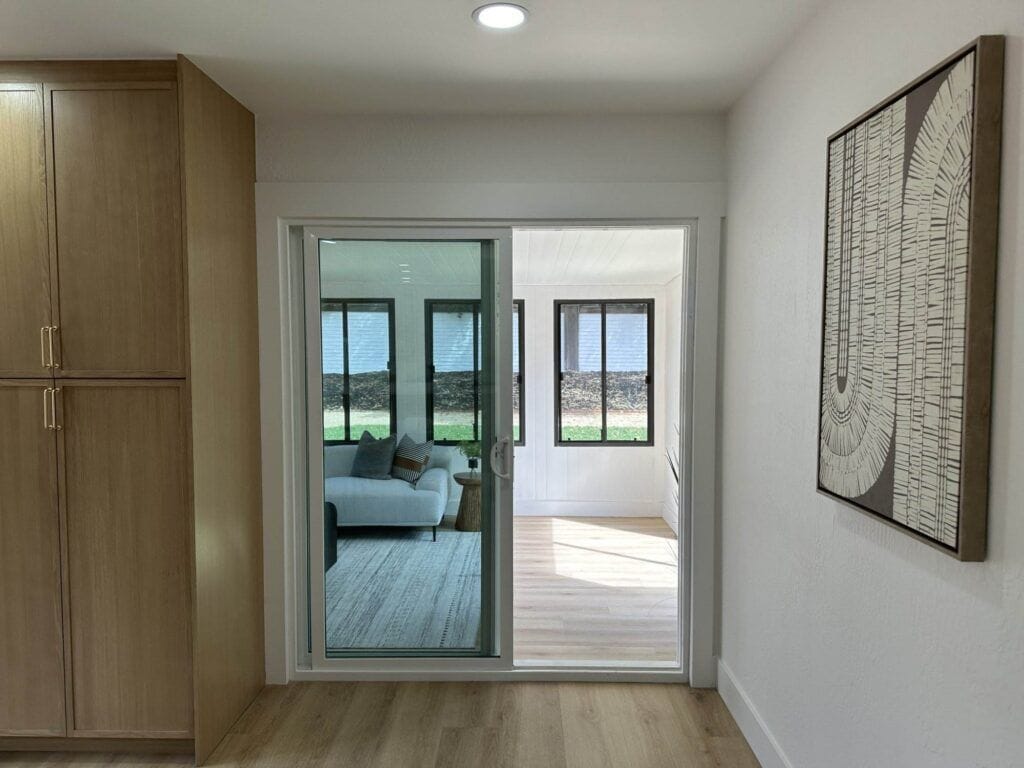
The Importance of Proper Ventilation and Air Filtration
Maintaining proper ventilation and effective air filtration systems within the home is a crucial component of managing seasonal allergies in Campbell. These strategies work in tandem to reduce indoor allergen levels and create a healthier living environment.
Adequate ventilation plays a vital role in the reduction of indoor allergens. By ensuring a steady flow of fresh air throughout the home, ventilation systems can help flush out pollen, dust, and other airborne particles that can trigger allergy symptoms. Proper ventilation also helps regulate humidity levels, preventing the growth of mold and mildew, which can further exacerbate allergy issues.
Selecting and maintaining effective air filtration systems is another essential step in addressing indoor allergens. High-efficiency particulate air (HEPA) filters, for example, are designed to capture a significant portion of airborne allergens, including dust, pet dander, and pollen. Regularly replacing or cleaning these filters ensures their continued effectiveness in improving indoor air quality.
Ensuring adequate airflow and circulation throughout the home is also crucial for maintaining a healthy indoor environment. Proper placement and maintenance of air vents, as well as the use of fans or other air circulation devices, can help distribute clean, filtered air evenly throughout the living space.
Monitoring indoor humidity levels is another important consideration in the management of seasonal allergies. Maintaining a relative humidity level between 30% and 50% can help prevent the growth of mold and mildew, which thrive in damp environments. Utilizing dehumidifiers or other humidity control devices can be an effective strategy in this regard.
By prioritizing proper ventilation and air filtration, individuals in Campbell can take proactive steps to reduce the presence of indoor allergens and create a healthier living environment. This holistic approach to allergy management can provide significant relief and improve the overall quality of life for those affected by seasonal allergies.
Seasonal Maintenance: Preparing Your Home for Allergy Season
Effectively managing seasonal allergies in Campbell requires a proactive approach that adapts to the changing environmental conditions throughout the year. Adjusting cleaning routines, deep cleaning before peak allergy seasons, and protecting vulnerable areas from pollen infiltration are all essential components of this seasonal maintenance strategy.
As the seasons shift, so too should the focus of cleaning efforts. During the spring, when tree and plant pollen levels are at their highest, more frequent cleaning and the targeting of pollen entry points may be necessary. In the summer, the emphasis may shift to addressing grass and weed pollen, while the fall and winter months may require increased attention to mold and mildew.
Undertaking a thorough deep cleaning before the onset of peak allergy seasons can help establish a clean baseline and provide a solid foundation for ongoing maintenance. This may involve decluttering, deep cleaning carpets and upholstery, and addressing any areas prone to dust, dander, or mold buildup.
Protecting vulnerable areas, such as windows and entryways, from pollen infiltration is another crucial aspect of seasonal maintenance. Ensuring that these access points are properly sealed and equipped with effective air filtration can help minimize the influx of outdoor allergens and create a more allergen-free indoor environment.
Coordinating seasonal cleaning efforts with outdoor landscaping and maintenance activities can also contribute to a more comprehensive approach to allergy management. By aligning indoor and outdoor maintenance, individuals in Campbell can address the holistic impact of environmental changes on their allergy symptoms.
By adapting cleaning routines, undertaking deep cleaning before peak seasons, and protecting vulnerable areas, residents of Campbell can effectively prepare their homes for the challenges of seasonal allergies. This proactive approach can provide significant relief and contribute to a healthier, more comfortable living environment throughout the year.
Collaborating with Professionals: Enlisting Cleaning Services for Relief
For individuals in Campbell who are struggling to manage their seasonal allergies, enlisting the help of professional cleaning services can be a game-changer. These experienced teams can provide a comprehensive and effective solution to the challenges posed by indoor allergens, offering relief and peace of mind.
The benefits of hiring professional cleaning services for allergy management are numerous. These experts have the knowledge, tools, and techniques to thoroughly address the sources of indoor allergens, from dust mites and pet dander to mold and pollen infiltration. Their specialized cleaning methods and high-quality products can achieve a level of cleanliness that may be difficult to replicate with DIY efforts.
Identifying reputable and experienced cleaning companies in the Campbell area is crucial. These service providers should have a proven track record of addressing allergy-related concerns and a deep understanding of the unique environmental factors that contribute to seasonal allergies in the region.
Effective communication with the cleaning team is essential. By sharing specific allergy concerns and preferences, individuals can ensure that the cleaning process is tailored to their unique needs. This may involve the use of hypoallergenic cleaning products, a focus on high-risk areas, or the implementation of specialized techniques to minimize the recirculation of allergens.
Consistent and thorough cleaning by the professional team can help maintain a healthy indoor environment and provide long-lasting relief from seasonal allergy symptoms. Regular visits and ongoing monitoring can help identify and address any emerging issues, ensuring that the home remains a sanctuary from the allergy-inducing challenges of the great outdoors.
By collaborating with professional cleaning services, residents of Campbell can take a proactive and comprehensive approach to managing their seasonal allergies. This partnership can alleviate the burden of cleaning and provide the peace of mind that comes with a clean, allergen-free living space.
Achieving Long-Term Allergy Management: Maintaining a Clean and Healthy Home
Effectively managing seasonal allergies in Campbell requires a long-term, holistic approach that goes beyond temporary solutions. By developing a sustainable cleaning routine, incorporating lifestyle changes, and continuously monitoring the effectiveness of their efforts, individuals can achieve lasting relief and maintain a clean, healthy home environment.
Establishing a cleaning routine that adapts to the changing seasons is crucial. This may involve adjusting the frequency of cleaning, the focus on specific allergen sources, and the incorporation of seasonal maintenance tasks. By remaining flexible and responsive to the evolving allergy landscape, individuals can ensure that their cleaning efforts continue to provide the desired relief.
Incorporating lifestyle changes that minimize exposure to indoor allergens can also contribute to long-term allergy management. This may include measures such as regularly grooming pets, using allergen-proof bedding, and limiting the use of carpets and upholstered furniture, which can harbor dust mites and other allergy triggers.
Continuously monitoring the effectiveness of cleaning efforts and adjusting as needed is essential for maintaining a healthy indoor environment. Tracking allergy symptoms, observing changes in indoor air quality, and being responsive to emerging issues can help individuals fine-tune their cleaning routines and ensure that their home remains a sanctuary from seasonal allergies.
Embracing a holistic approach to allergy management, which includes cleaning, lifestyle adjustments, and ongoing monitoring, can provide long-term relief and improve the overall quality of life for those affected by seasonal allergies in Campbell. By taking a proactive and adaptable stance, residents can create a clean, healthy home environment that supports their well-being throughout the year.
